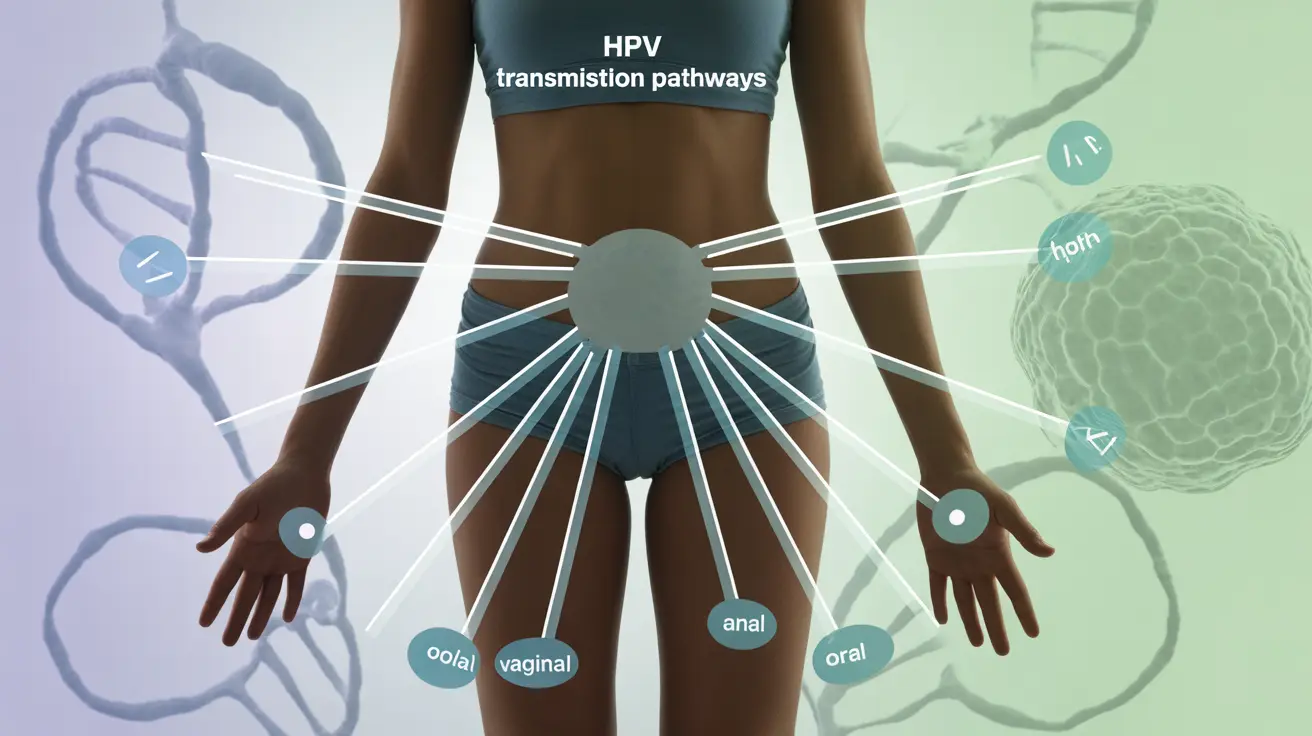Human Papillomavirus (HPV) is one of the most common sexually transmitted infections affecting women worldwide. Understanding what causes HPV in females is crucial for prevention and early detection of potential health complications, including cervical cancer.
This comprehensive guide explores the causes, transmission, symptoms, and prevention strategies for HPV infection in women, helping you make informed decisions about your sexual health and overall well-being.
How HPV Spreads in Women
HPV primarily spreads through direct skin-to-skin contact during sexual activity. This includes vaginal, anal, and oral sex, as well as intimate touching. The virus can transmit even when an infected person shows no visible signs or symptoms.
Multiple factors can increase a woman's risk of contracting HPV, including:
- Having multiple sexual partners
- Early onset of sexual activity
- A weakened immune system
- Smoking, which can compromise immune function
- Unprotected sexual contact
Common Types of HPV Affecting Women
There are over 100 different types of HPV, but not all cause health problems. The types most relevant to women's health include:
High-Risk HPV Types
These strains can lead to cellular changes that may develop into cancer:
- Types 16 and 18 (responsible for most cervical cancers)
- Types 31, 33, 45, 52, and 58 (associated with other gynecological cancers)
Low-Risk HPV Types
These typically cause minor issues such as:
- Types 6 and 11 (causing genital warts)
- Other types that may cause temporary infections
Recognizing HPV Symptoms
Many women with HPV never develop noticeable symptoms, which is why regular screening is essential. When symptoms do occur, they may include:
- Genital warts (flesh-colored growths)
- Abnormal cervical cell changes (detected through Pap smears)
- Persistent vaginal discharge
- Unusual bleeding between periods
Prevention and Risk Reduction
Women can take several steps to prevent HPV infection and related complications:
Vaccination
The HPV vaccine is recommended for girls and young women, ideally before becoming sexually active. It protects against the most dangerous HPV types.
Regular Screening
Routine Pap smears and HPV tests can detect cellular changes early, allowing for prompt treatment if needed.
Safe Sex Practices
While not 100% effective, consistent condom use and limiting sexual partners can help reduce transmission risk.
Frequently Asked Questions
What causes HPV infection in females and how is it transmitted?
HPV infection in females is primarily caused by skin-to-skin contact during sexual activity. The virus can spread through vaginal, anal, or oral sex, and even through intimate touching without penetration.
Can HPV be passed from a female to her baby during childbirth?
Yes, though rare, HPV can be transmitted from mother to baby during vaginal delivery. However, such cases are uncommon, and the risk of serious complications for the baby is very low.
What are the most common symptoms of HPV in women, and can it be asymptomatic?
HPV is often asymptomatic, meaning many women won't show any signs of infection. When symptoms do occur, they may include genital warts or abnormal cell changes detected during cervical screening.
How can females prevent HPV infection and reduce their risk of cervical cancer?
Prevention strategies include getting vaccinated against HPV, having regular cervical screenings, practicing safe sex, limiting sexual partners, and maintaining a healthy immune system through lifestyle choices.
Does using condoms completely protect women from getting HPV?
No, condoms don't provide complete protection against HPV since the virus can spread through skin-to-skin contact in areas not covered by condoms. However, consistent condom use does significantly reduce the risk of transmission.




